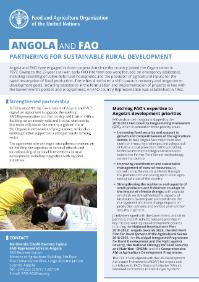Large-Scale Grain Producers’ Application of Land Conservation Technologies in China: Correlation Effects and Determinants
The quality of cultivated land has been seriously degraded due to the overuse of chemical fertilizer in China. Land conservation technologies (LCTs) have been proven to effectively address land degradation and improve land productivity. In this study, a multivariate probit model is applied to empirically analyze the correlation effects and determinants of the application of LCTs application using cross-sectional data collected on 690 large-scale grain producers from the Jiangsu and Jiangxi provinces in the middle and lower reaches of the Yangtze River.









